“We watched families of elephants eating together at the water’s edge, saw countless hippos, and the bird life was just incredible. During our safari in the Okavango Delta, we saw everything we had hoped for and so much more. After game drives, we were able to relax at our camp and simply soak in the pool. Perfection,” said Mike. This is what a luxury Okavango safari can look like…
A must-have experience while on a Botswana safari is exploring the world-famous Okavango Delta. Not only is it known as a haven for an abundant array of wildlife, but it’s a visually stunning landscape with plenty of activities on offer. Here’s a little more inspiration for a luxury Okavango safari and why you need to include this magical region in your next African adventure.
1. The Okavango Delta is a Unique Wilderness
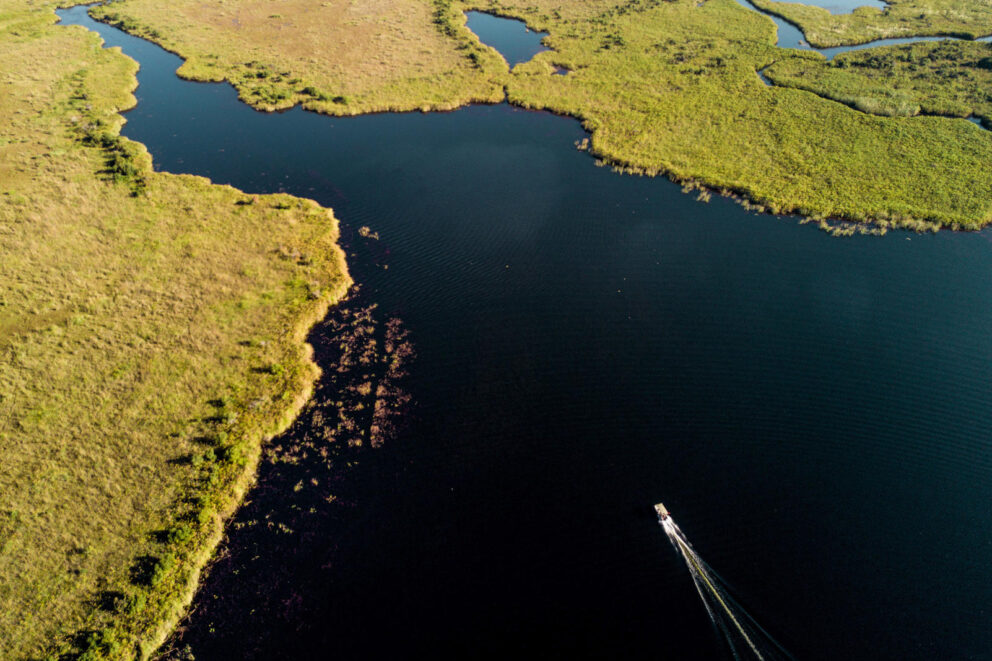
The Okavango Delta is one of the world’s largest inland deltas and covers between 6,000 to 15,000 square kilometres (2,300 to 5,800 square miles). It’s amazing to think that each year, the water from the Okavango River in the Angola Highlands flows through Namibia until it reaches Botswana and fills the waterways of the delta.
Essentially, it’s a river that never reaches the sea but instead transforms the Kalahari into a beautiful oasis. This magical habitat is a UNESCO World Heritage Site because of its uniqueness and position as a vital ecosystem for wildlife.
The above image is just a snippet of the vastness of the Okavango Delta. Xugana Island Lodge – a Botswana safari lodge that enchants guests with its motorboat safaris – is located in the heart of the delta’s most jaw-dropping permanent water site, Xugana Lagoon. Its positioning allows you to experience true tranquillity and a deep connection to nature.
2. It’s an Exclusive, Untouched Escape in Africa
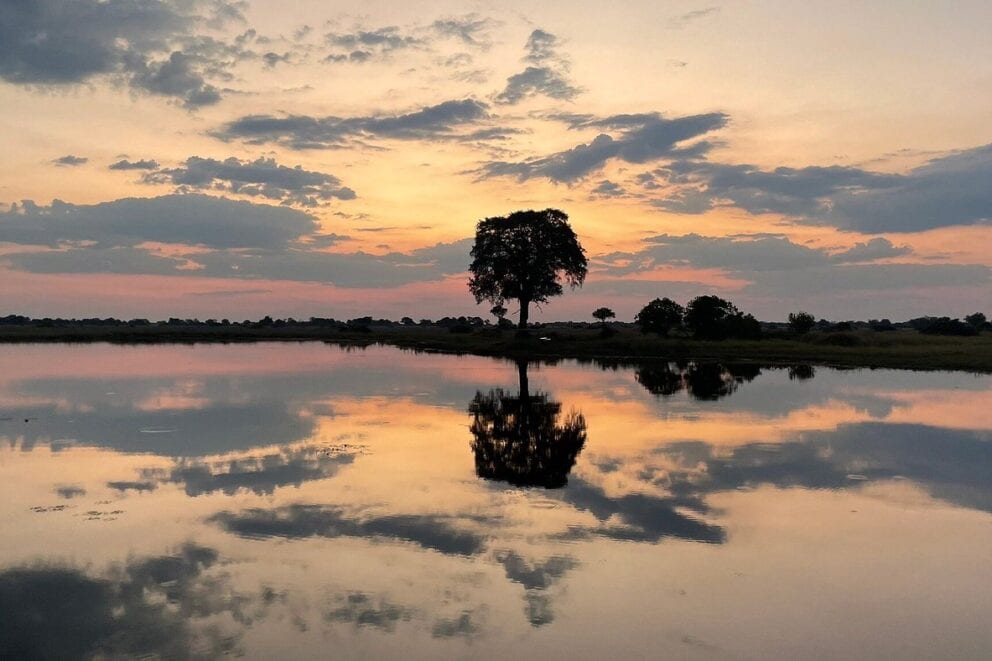
A lot of the Okavango Delta remains relatively untouched thanks to Botswana’s low-density tourism model and conservation efforts. This allows for awe-inspiring animal sightings in a largely undisturbed natural setting.
Camps and lodges in the Okavango Delta are best accessed by either plane or boat. Flights are offered from both Kasane and Maun to the airstrip closest to the lodge where you would be staying. Flying over the region is a remarkable experience in itself, allowing you to see all the channels and little grass islands from above. Some camps are actually located on these islands, and to reach these areas, you’ll have to fly in and then transfer to the camp by boat.
Kwando Splash Camp enjoys spectacular views of the Private Kwara Reserve, an Okavango Delta private concession that’s home to just three safari camps. This exclusivity will allow you to have a secluded experience in one of the most beautiful wildernesses on earth.
3. There are a Variety of Exciting Ways to Explore the Delta
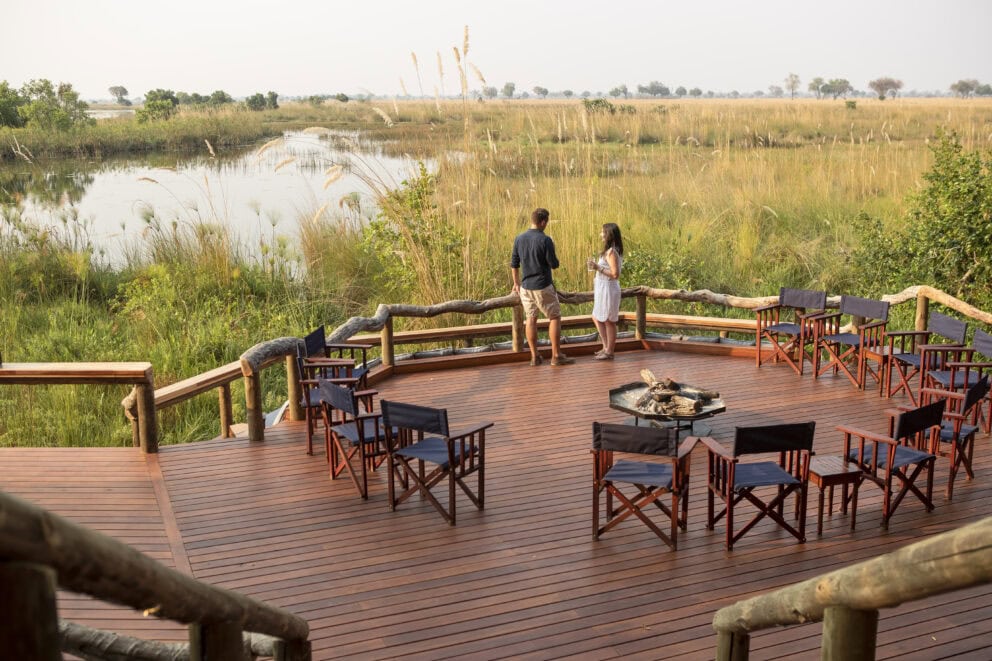
As there are so many terrains in the Okavango Delta, you have a number of activity options. Camps typically offer morning and afternoon game drives, which are great for spotting a variety of wildlife.
The more remote camps, especially these located on islands, focus more on water-based activities. This can include motorboat safaris on the larger rivers and lakes – this is definitely one of the best ways to explore Botswana! To traverse the narrower waterways, you can opt for a mokoro safari (a trip in a traditional dugout canoe) – this is a fantastic way to go birding in Botswana.
You may also have the option to explore the region on foot. An Okavango Delta walking safari is a great way to not only see wildlife a little closer but also to learn more about nature. As you walk, your guide will explain more about the flora around you and teach you the basics of animal tracking.
Shinde (pictured above) is an iconic camp in Botswana, offering a variety of safari activities. Mokoro and motorboat excursions along the waterways, guided walks for an up-close view of the wilderness, and game drives are all on offer. Anglers can’t miss out on the opportunity to go out on fishing expeditions to catch tilapia and tigerfish.
4. Okavango Delta Wildlife Viewing is Spectacular
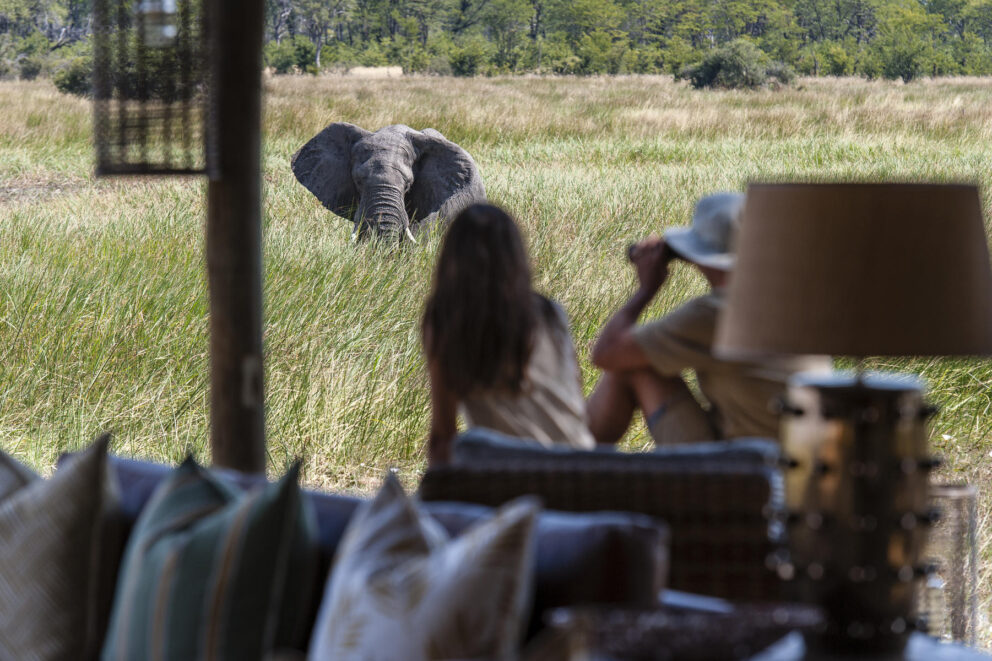
Around 2,000 species call the Okavango Delta home. It’s a particularly excellent destination for big game viewing as it houses the Big Five (although rhinos are rare to see), but you’ll also get the chance to see smaller creatures. As you glide through the waterways of the Okavango Delta in a mokoro, look out for reed frogs and dragonflies, among other critters.
Accommodating over 400 bird species, the Okavango Delta is a must-visit destination for birders. Species from Europe and North Africa migrate here between November and April, turning the region into a birdwatching paradise. Keep your binoculars at the ready to spot the Pel’s fishing-owl, wattled crane, and lesser jacana, among others.
Along the riverbanks, you’ll be able to spot special water-adapted antelope species such as the red lechwe and semi-aquatic sitatunga. Many herbivores are attracted to the lush landscapes of the Okavango Delta, which makes it a prime hunting ground for predators, including wild dogs, lions, and leopards.
Sable Alley (pictured above) enjoys the incredible setting of Khwai Private Reserve. Here, you can watch as elephants come to the lagoon for a drink while hippos bob about in the shallows. As you explore the expansive landscape, you could come across lions, leopards, wild dogs, and herds of zebras and wildebeest.
5. Luxury Game Lodges and Camps
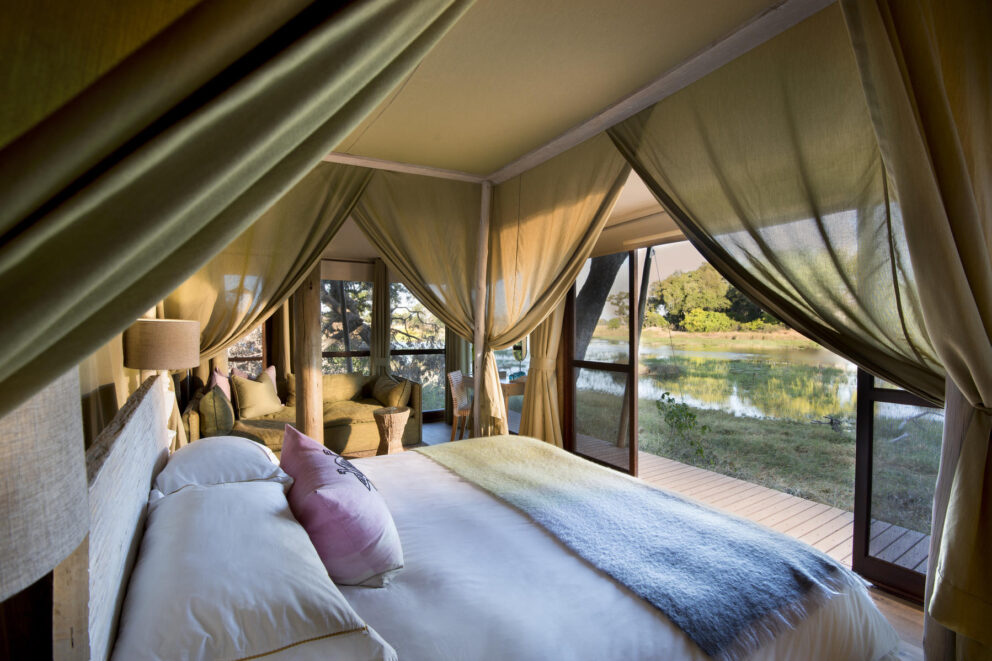
The Okavango Delta offers a wide variety of accommodation, including exclusive, luxury lodges and camps that include all the bells and whistles you can think of. Imagine large rooms leading out to private decks overlooking the floodplains. Here, you can spend your afternoons relaxing with a drink, watching wildlife as they pass by. Dinners are often done in true African style under the stars and with boma fires.
Xaranna Okavango Delta Camp (pictured above) offers sublime romantic accommodation in the bush. Think indoor bathtubs and outdoor showers, outdoor salas, and private plunge pools from which to watch the wilderness you’re surrounded by. When you tear yourself away from your luxurious safari tent (of which there are only nine for ultimate exclusivity) for meals, you’ll be delighted by candlelit, al fresco dinners under a canopy of stars.
One of the best experiences in Botswana – and Africa as a whole – is a luxury Okavango safari. Experiencing the tranquil waters flowing through the channels and witnessing the magnificent array of wildlife is truly something that will shift your perspective and stay with you for decades to come.






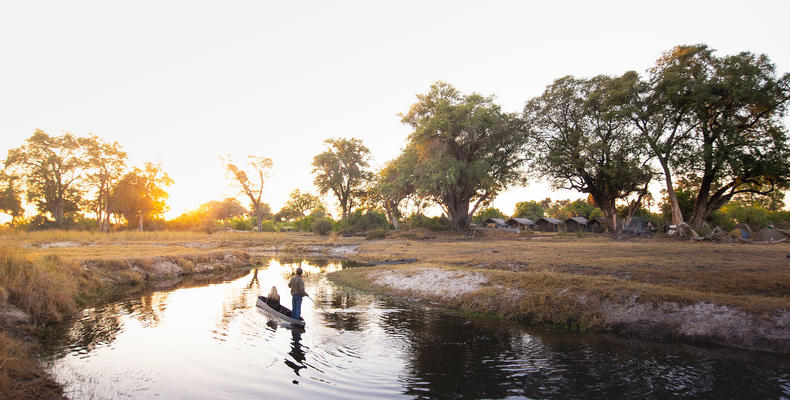
 Blog List
Blog List

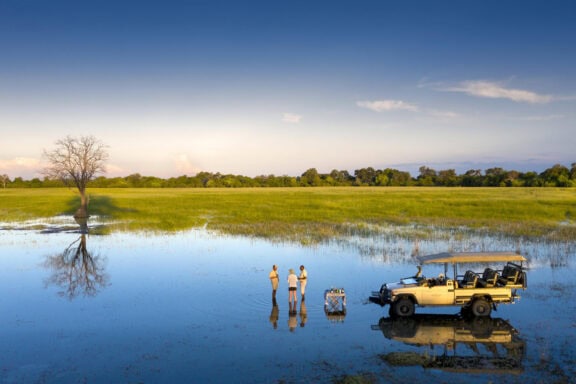
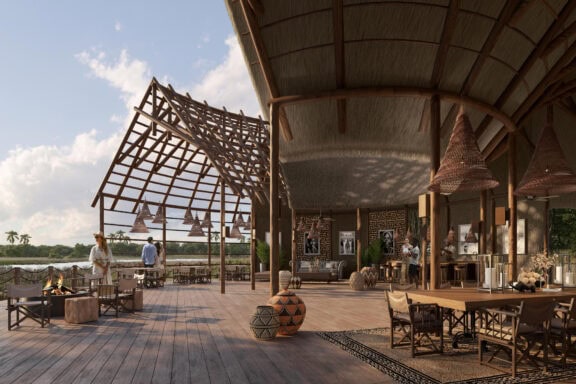
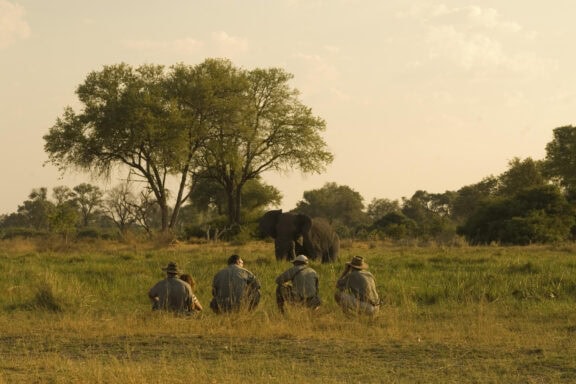
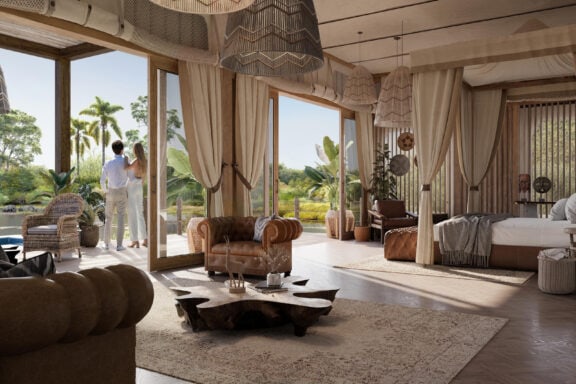

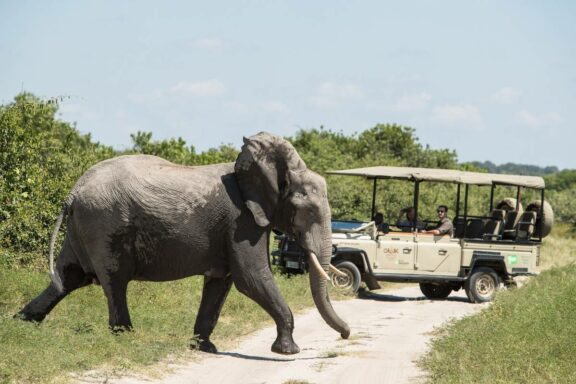
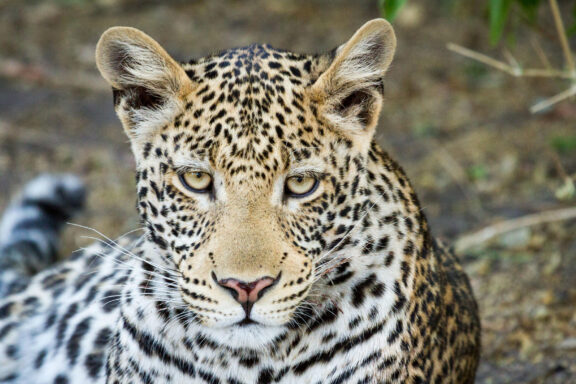
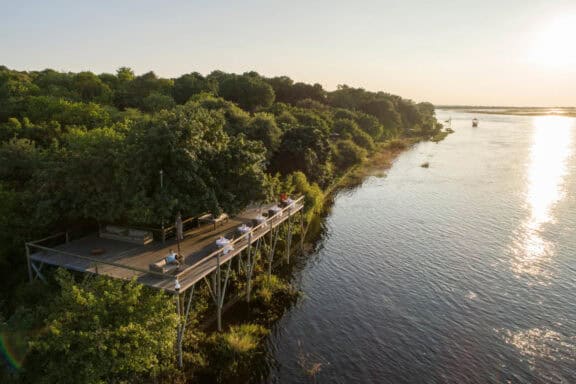
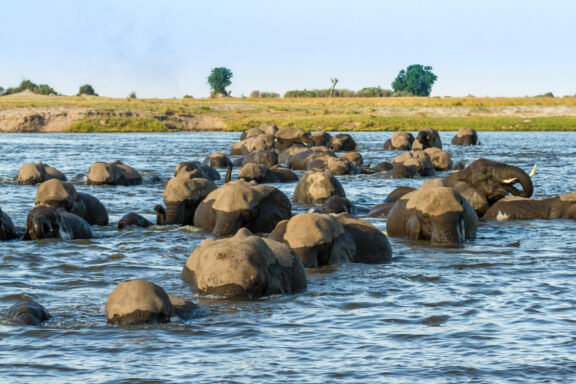
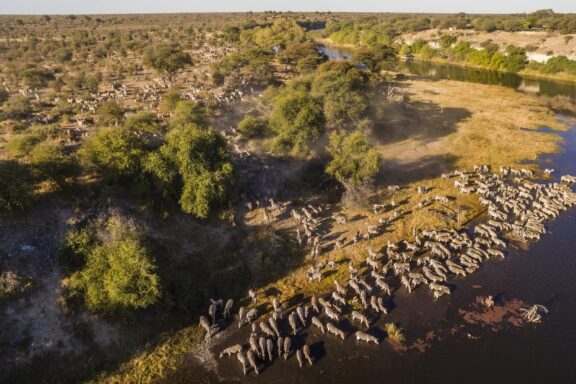
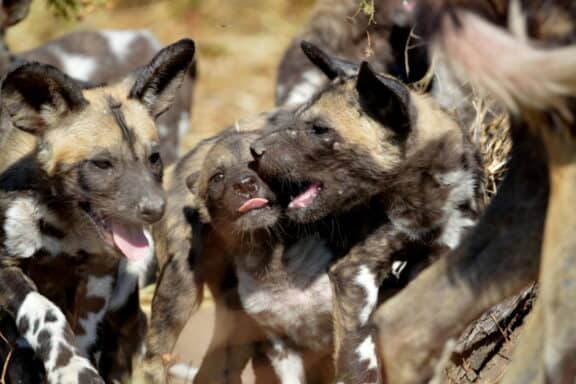
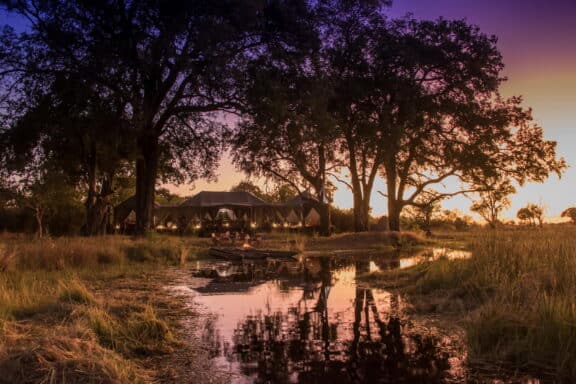
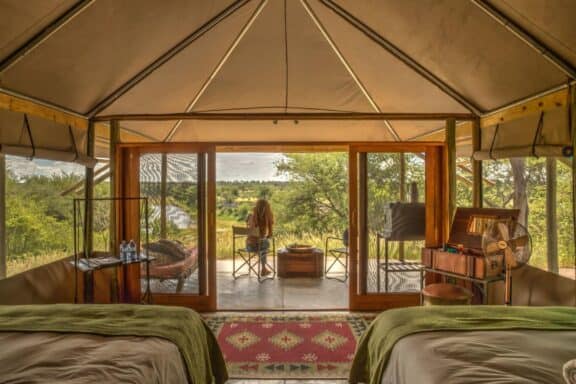








Written by Tiffany Bowers
• Travel Writer
Part of the Okavango Delta Safari Collection